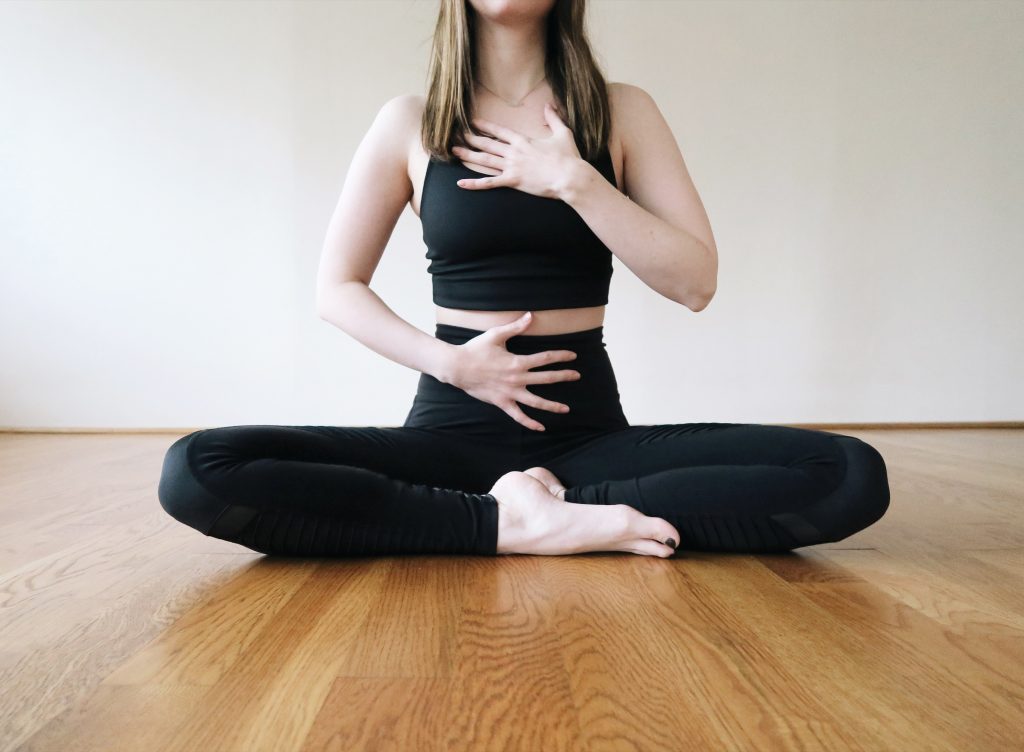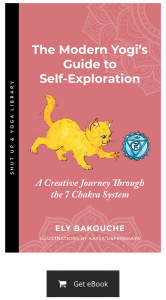Life is full of surprises. Recently I had an awful cold, then a week of intense coughing, followed by severe, localized chest pain, all while still teaching a full load of classes. Initially, I went to a clinic and was misdiagnosed with pneumonia. After days of being dependent on a heating pad and giving up on using my left arm, I saw a different doctor and was properly diagnosed with a rib subluxation – aka one of my ribs had slipped out of place. It was gently glided back in, and I thought I would be back on my mat the next day. Silly me, of course, my body still needed time to heal. It’s been slow, but after what feels like a lifetime, I am finally back on the mat and excitedly practicing planks again. Never thought I’d say that!

Yoga has helped me understand that no two bodies are alike and everyone’s yoga practice looks different. But even our own body is not always the same.
Mine has gone through so many changes in the past 10 years – losing weight, gaining weight, losing weight again, having sciatica, healing it, and somehow growing another inch taller.
My body won’t look and feel the same my entire life, so why should I expect my practice to look the same too?
Yoga helps me move through and process my life off the mat. So if I’m going through something, physical or mental, shouldn’t my practice reflect that?
Listen before practicing.
While it’s frustrating to get ill or injured, those experiences ask me to slow down and pause. So I do, and I listen to what my body needs. I don’t wait until I’m in a pose, feeling uncomfortable to evaluate. I ask that question before I even unroll my mat. With this injury, I knew my body had some hard limits. I took a few moments every morning to examine how I felt and decided where to go from there. Some days I still needed rest, others movement.

Pick the right style for you.
I aim to make my practice specific to how I feel on any given day. In my healing process, I stuck with slower classes full of seated postures and hip openers. But even when I don’t have anything going on with my body, I consider my mental state. I struggle with anxiety, and when my mind is running a million miles a minute, I like to take slow flow alignment classes that force me to stay present and focus on specific muscles/actions in my body. When I feel stressed, I love a good restorative class. When I have pent up energy or feel a little sluggish, Vinyasa gets the fire going.
Can’t move your body? Try pranayama.
I listened to my body when my rib was out of place and in the first week after, and I didn’t practice asana at all. If I had, not only would it have hurt, but I also could have popped my rib out again or caused damage to my lung. During the worst part, even meditation was difficult for me because it was hard to focus on anything other the pain. However, it was much more beneficial to me in that moment. And in the recovery process, pranayama was vital. After having a shallow breath for a week and a half, I had to ease into deeper breathing and gently work with the muscles that had been struggling to keep my body together. Don’t forget there is more than just the poses.
My yoga practice is mine. It doesn’t look exactly like anyone else’s, and it doesn’t look the same every day. Create your own. Don’t change yourself to make yoga work. Make yoga work for you.


